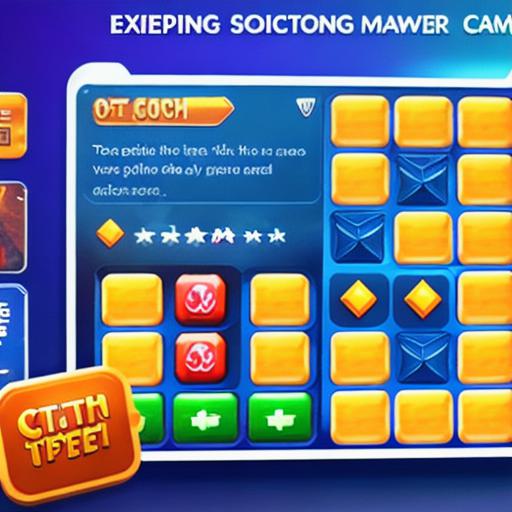**Unleashing the Power of Mobile Game Design Theory:
A Comprehensive Guide for Mobile Games Developers**
Greetings, game enthusiasts and visionary developers! Today, we delve into the enchanting world of mobile game design theory. This comprehensive guide is tailored to ignite your creativity and expand your knowledge in crafting immersive gaming experiences.
**I. Understanding Mobile Game Design Theory:
The Foundation**

Mobile game design theory refers to the principles, practices, and techniques used in creating engaging, user-friendly, and profitable mobile games. These fundamental elements are essential for developers aiming to captivate their audience and establish a successful presence in the rapidly evolving mobile gaming industry.
Example: Consider the runaway success of Candy Crush Saga. The game’s design, built upon the foundations of addictive gameplay, intuitive controls, and rewarding progression, has captivated millions of players worldwide.*
II.
Core Principles:
Engaging Gameplay and User Experience
- Fun Mechanics: Design games that are enjoyable and engaging by implementing fundamental fun mechanics such as clear objectives, feedback, and reward systems.
- Usability: Ensure the game is easy to learn, intuitive to use, and provides seamless navigation for a positive user experience.

- Accessibility: Make your game accessible to a broad audience by incorporating features like adjustable difficulty levels, customizable controls, and localization support.
III.
Designing for Mobile Platforms:
Challenges and Opportunities
- Touch Interface: Optimize game design for touchscreens, ensuring intuitive controls, responsive input, and an overall smooth user experience.
- Portability: Take advantage of mobile devices’ portability to create games that can be picked up and played anytime, anywhere.
- Connectivity: Incorporate multiplayer features or online integration to foster social interaction among players.
IV.
Monetization Strategies: Turning Passion into Profit
- Freemium Model: Offer a free-to-play game with optional in-app purchases and advertisements, allowing users to enjoy the core experience while monetizing optional extras.
- Subscription Model: Provide access to exclusive content, features, or services for a recurring fee, offering players continuous value and revenue potential.
- In-App Advertisements: Implement targeted ads within the game to generate revenue through user engagement and reach.
**V. Conclusion: Elevate Your Mobile Game Development Skills**
By mastering mobile game design theory, developers can create captivating gaming experiences that resonate with their audience and thrive in today’s competitive market. By understanding the core principles of engaging gameplay, designing for mobile platforms, and implementing effective monetization strategies, you’ll be well on your way to joining the ranks of successful mobile game creators.
*Remember: The key to a successful mobile game lies in the fusion of creativity, technical expertise, and an unwavering dedication to delivering a top-notch user experience.
